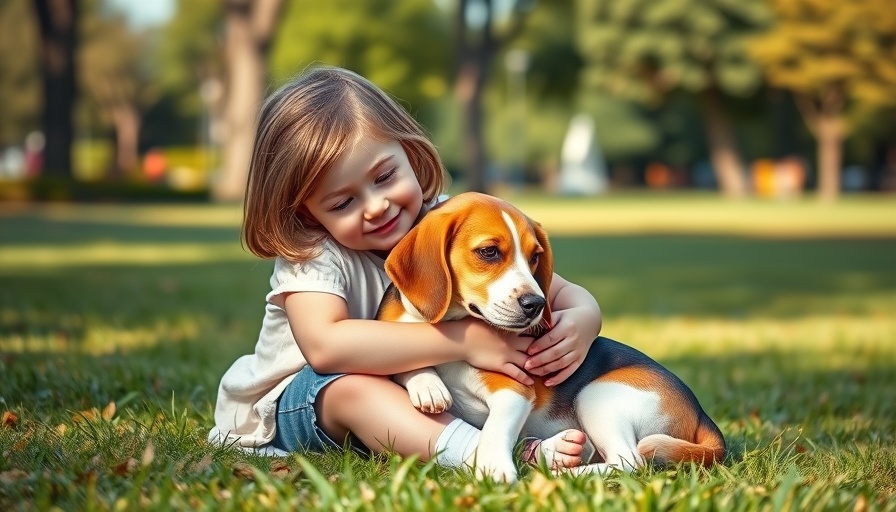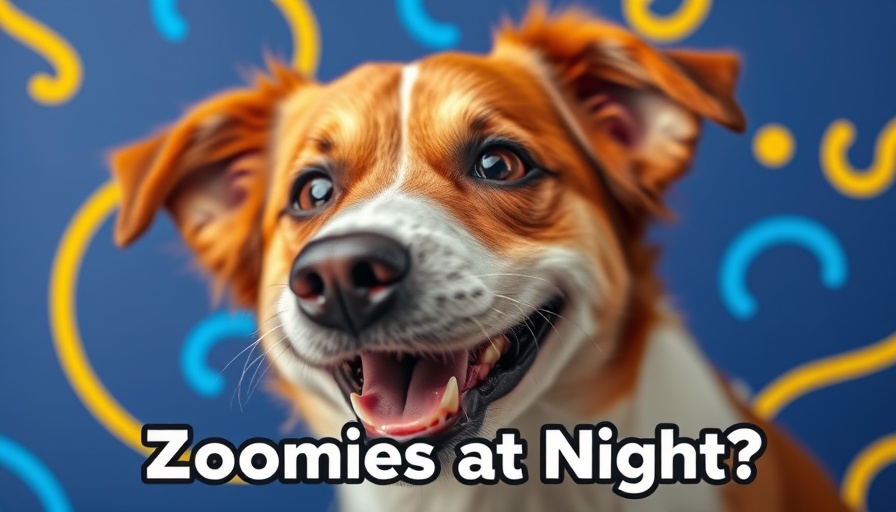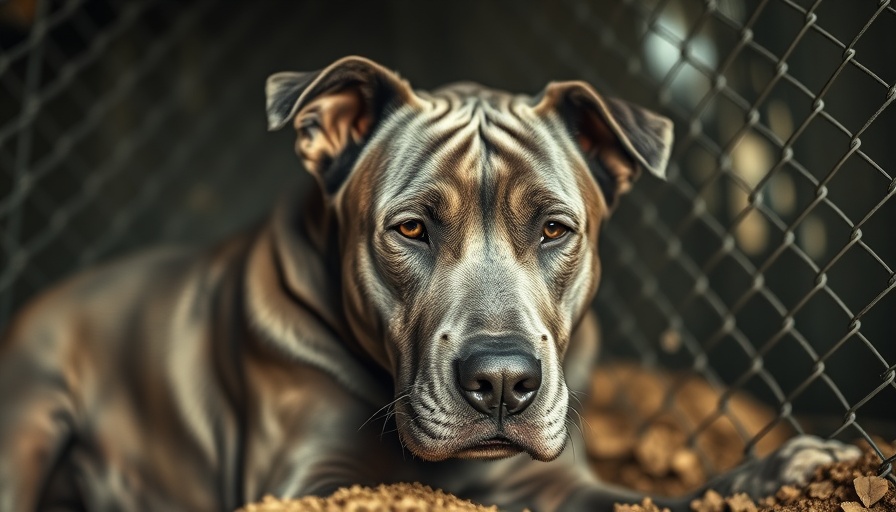
The Remarkable World of Human Remains Detection Dogs
Imagine a world where a dog’s powerful sense of smell could bring closure to grieving families, solve historical mysteries, and even aid in societal healing. This extraordinary journey of canine capabilities takes us to the realm of human remains detection dogs, where the dynamic duo of Kim Cooper and Cat Warren share their expertise. Their work transcends mere search and rescue; it’s deeply intertwined with community history, emotional narratives, and dog training that showcases the bond between humans and their furry companions.
How It All Began: Kim and Cat's Passion for Canine Detection
Kim Cooper, a member of the Ottawa Valley Search and Rescue, embarked on her journey with human remains detection dogs propelled by a blend of personal interest and community need. Her commitment is fueled by a desire to help families find closure regarding their lost loved ones. On the other hand, Cat Warren, an acclaimed author and instructor, recognized the immense potential of dogs to enhance our understanding of the world. Her insights form the backbone of many modern training methods used in this specialized field.
Training the Dogs: Skill Meets Scent
The training of human remains detection dogs is an intricate process that combines science and compassion. These dogs must be taught to differentiate between various scents, including those of human remains that may have been buried for decades. As training progresses, the bond between the handler and the dog strengthens, creating a cohesive unit capable of tackling emotionally charged searches. Kim and Cat emphasize the importance of patience and positive reinforcement, as well as an understanding of canine psychology to ensure a successful partnership.
The Emotional Weight of Searches
The emotional aspects of working with human remains detection dogs cannot be overstated. During searches, handlers often carry the weight of stories from family members left behind. This emotional gravity influences how they approach searches, requiring them to balance professional duties with personal empathy. Kim passionately recounts experiences that highlight how dogs not only follow scents but also seem to sense the trauma associated with specific sites, adding layers of complexity to their work.
Revisiting Historical Context: Dogs Uncovering the Past
One poignant aspect of Kim and Cat’s work is their focus on locating historical remains, particularly in relation to former residential schools in Canada. Utilizing the skill set of detection dogs, they help to identify burial sites, connecting with Indigenous communities and allowing for healing through acknowledgment of past injustices. Their efforts underscore not just the technical capabilities of these dogs, but also their role in fostering societal reconciliation.
The Best Dogs for the Job: Understanding Breed and Traits
Wondering which breeds excel in human remains detection? Both experts agree that certain breeds stand out due to their natural inclinations and physical attributes. Breeds such as Labrador Retrievers, Bloodhounds, and German Shepherds often dominate the field. However, it’s not just about breed; personality traits like curiosity, playfulness, and a strong drive to work also play critical roles in determining a dog’s success in this line of work.
Community Connection: The Role of Oral History
In their dialogues surrounding community engagement, Kim and Cat highlight the significant role of oral history in guiding searches. Often, community members hold vital information that can shape search efforts. This collaborative approach not only facilitates successful outcomes but also empowers communities by bridging historical gaps with present understandings, illustrating the interwoven tapestry of shared experiences.
The Lasting Impact of Canine Companionship
As Kim and Cat continue to push the boundaries of what these incredible dogs can achieve, their work offers insights into the profound emotional bonds between humans and their furry partners. These dogs symbolize hope, healing, and the fundamental connection to our shared histories, ultimately transforming communities one search at a time.
For those interested in diving deeper into this field and broadening their perspective on dog training, both Kim and Cat recommend reading selection such as The Genius of Dogs and Native Nations to complement their practical experiences with theoretical insights. Understanding these perspectives enriches our appreciation not just for the canine companions in our lives, but also for the history that shapes our communities.
Take Action: Engage with Your Community
As dog owners passionate about enhancing their training skills, consider reaching out to local search and rescue organizations to learn how you can contribute, whether it’s through volunteerism, education, or support. By engaging with community initiatives, you can foster a deeper understanding of the value our canine companions bring to critical social issues. Together, let’s champion the role of dogs in bridging gaps and bringing communities closer.
 Add Row
Add Row  Add
Add 




 Add Row
Add Row  Add
Add
Write A Comment